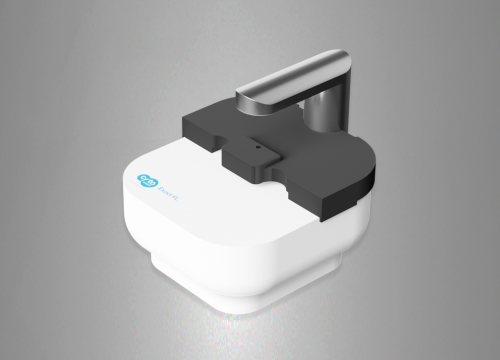Authors: Lewis TR, Smith J, Griffin K, Aguiar S, Rueb KF, Holmberg-Douglas N, Sampson EM, Tomasetti S, Rodriguez S, Stachura DL, Arpin CC.
PLOS ONE, 2020
The majority of chronic myeloid leukemia (CML) cases are caused by a chromosomal translocation linking the breakpoint cluster region (BCR) gene to the Abelson murine leukemia viral oncogene-1 (ABL1), creating the mutant fusion protein BCR-ABL1. Downstream of BCR-ABL1 is growth factor receptor-bound protein-2 (GRB2), an intracellular adapter protein that binds to BCR-ABL1 via its src-homology-2 (SH2) domain. This binding constitutively activates growth pathways, downregulates apoptosis, and leads to an over proliferation of immature and dysfunctional myeloid cells. Utilizing novel synthetic methods, we developed four furo-quinoxaline compounds as GRB2 SH2 domain antagonists with the goal of disrupting this leukemogenic signaling. One of the four antagonists, NHD2-15, showed a significant reduction in proliferation of K562 cells, a human BCR-ABL1+ leukemic cell line. To elucidate the mode of action of these compounds, various biophysical, in vitro, and in vivo assays were performed. Surface plasmon resonance (SPR) assays indicated that NHD2-15 antagonized GRB2, binding with a KD value of 119 ± 2 μM. Cellulose nitrate (CN) assays indicated that the compound selectively bound the SH2 domain of GRB2. Western blot assays suggested the antagonist downregulated proteins involved in leukemic transformation. Finally, NHD2-15 was nontoxic to primary cells and adult zebrafish, indicating that it may be an effective clinical treatment for CML.
